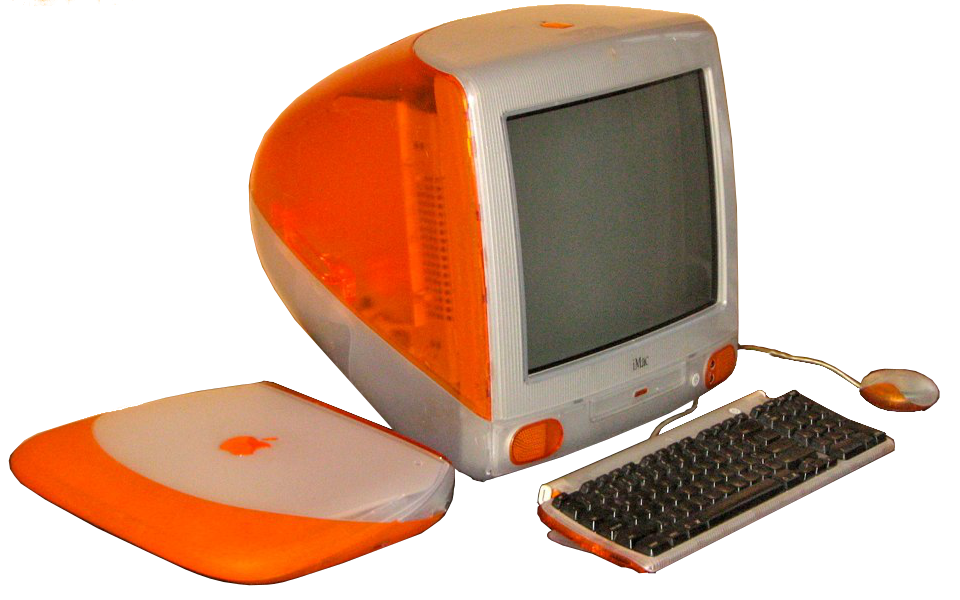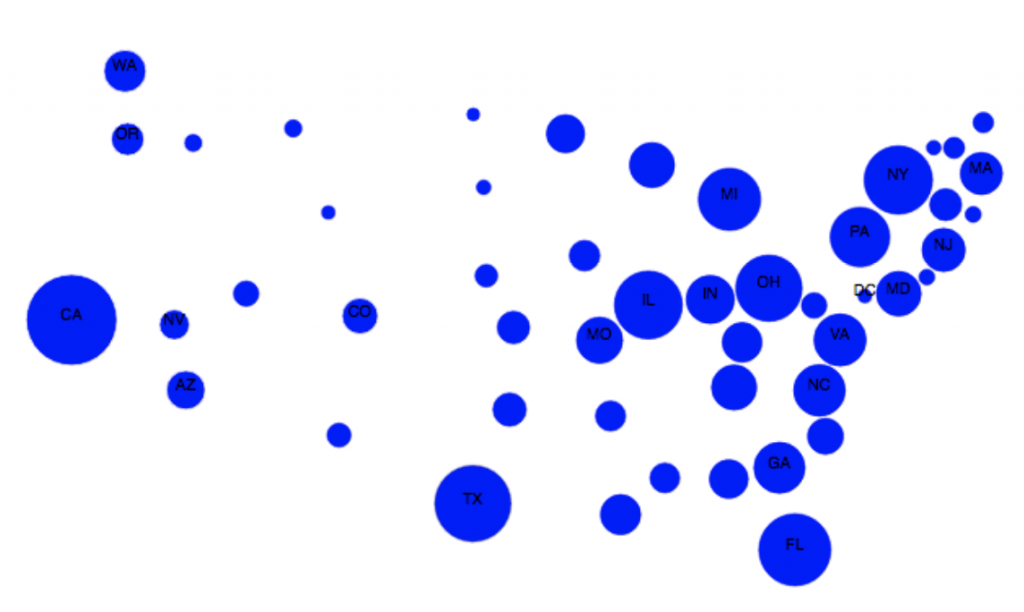The device changed our homes. It changed our perspective of time. In a way, it’s a story of miniaturization. They used to take up entire rooms, and suddenly could fit on a desk. It’s also the story of economics. They once were so costly only corporations could own them. With falling prices and shrinking sizes, it wasn’t long before every house had one.
The personal computer revolution? No. The sewing machine.
Our story begins a hundred years into the revolution. For most of those years, Singer dominated with black cast iron machines. Our design hero is Marcello Nizzoli, an Italian who refused to commit to any one discipline. He worked as a draughtsman, designed clothing and accessories, made advertisement posters, started magazines. Nizzoli’s collaboration with Olivetti was so successful, it set the standard for how Olivetti created teams of artists and engineers, paving the way for Ettore Sottsass to create the Valentine typewriter. When Necchi approached Marcello Nizzoli in the 1950s, Nizzoli had deep skills in precision machines and an instinctive understanding of those who stitch and sew.
The resulting Necchi Mirella Sewing Machine arrived in 1956. Nizzoli’s machine was light and beautiful. It features brightly colored enameled aluminum with a finely crafted metal drive mechanism. The Mirella won a number of awards and, today, is on permanent display at the New York Museum of Modern Art (MoMA). From contemporary accounts to modern documentaries, the consistent theme about the Necchi Mirella is this: user-friendly, ergonomic, and simplicity.
It was simple. We see this theme frequently when reading about good design. I return to the theme regularly in this series. Make it appealing, and keep it simple.
But simple is hard. That’s the problem.
Agreeing to Protect the Organization
Many CIOs and CISOs bicker like an old couple in a bad marriage. We make points, not progress. I wish we could watch pairs of executives argue it out and find what works. It’s too bad there isn’t an IT equivalent of what John Gottman and Julie Gottman have done with couples in the Love Lab. How can leaders have the tough conversations which lead to agreement?
Peter Coleman, inspired by Gottman, founded Difficult Conversations Lab to explore this question. What Coleman found is shocking: the root of the problem is our desire to simplify.
Our goal gets in the way of reaching our goal.
Coleman’s advice: get complicated. In conversation after conversation studied, complexity provided the space to reach agreement. When researchers framed the issue in black-and-white and primed the people with a similar simplified issue, the conversation became intractable. Often times, it was a short jump from intractable to “destructive spirals of enmity.”
The more we oversimplify requirements before speaking with peers and stakeholders, the less likely we are to come to an agreement. When we oversimplify early on, we fail to get buy-in. The resulting security controls won’t fit what the workforce needs.
Take the example of an identity. Let’s suppose we have people who change roles, going from contractor to employee. Suppose some people have multiple roles, say customer and employee. Start the conversation with the black-and-white control of all access and data being removed when a person is terminated. Watch how fast we get shutdown. An oversimplified approach leaves no middle ground for negotiating how identity gets defined and protected.
A Word of Caution
The lesson from Coleman, Gottman, and Nizzoli: Explore the complexity of the problem with the stakeholder, from their perspective.
Don’t explore the complexity with them from our perspective. If we want to enforce multi-factor authentication, we shouldn’t start by explaining complicated protocols and standards which enable MFA. But we should listen to the complex ways people work. Marcello Nizzoli’s success came from understanding how people sewed, not from explaining machinery to customers.
As we move from exploring the problem towards exploring possible solutions, we move from complexity towards simplicity. When defining the security capability, starting simple with an ugly prototype and iterating from there. When determining security controls, selecting the minimum requirements. Complexity as a starting point mustn’t be prolonged.
A Design Principle
“Premature optimization is the root of all evil in programming,” Donald Knuth once famously said. If you spent effort optimizing things before they are fully developed, you end up creating unnecessary work.
While the Necchi Mirella is praised for simplicity, Marcello Nizzoli arrived at the machine’s design only after spending years absorbing the complexity directly from those working in the clothing industry. Complexity, next empathy, then understanding, and finally simplicity. That’s good design, good programming, and that’s good security work.
Premature simplification is the root of bad security.

This article is part of a series on designing cyber security capabilities. To see other articles in the series, including a full list of design principles, click here.

